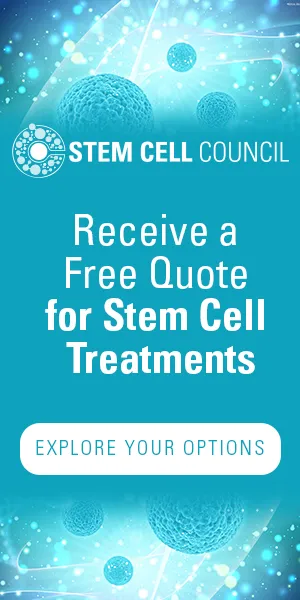Introduction
Stroke is a leading cause of disability and death worldwide. In recent years, stem cell therapy has emerged as a promising new approach in stroke rehabilitation. This innovative treatment has the potential to improve the recovery process and the quality of life for stroke survivors. This article will delve into the science behind stem cell therapy and its application in stroke rehabilitation, as well as explore the benefits and challenges of this groundbreaking treatment.
Stem Cell Therapy: The Science and Potential
Stem cells are unique, undifferentiated cells that have the ability to differentiate into various specialized cell types. They possess remarkable regenerative potential, making them a valuable resource in the field of regenerative medicine. In the context of stroke rehabilitation, stem cell therapy involves the transplantation of stem cells into the patient's body to promote the repair of damaged brain tissue.
There are several types of stem cells that can be used for therapy, including embryonic stem cells, induced pluripotent stem cells, and adult stem cells. Each type has its advantages and limitations, but all share the ability to promote tissue regeneration and repair.
Stroke Rehabilitation: Current Challenges and the Promise of Stem Cell Therapy
Traditional stroke rehabilitation typically involves a combination of physical, occupational, and speech therapy. However, the effectiveness of these approaches is often limited, and many stroke survivors are left with long-term disabilities. This is where stem cell therapy holds great promise.
Stem cell therapy has the potential to revolutionize stroke rehabilitation by addressing the root cause of the problem – damaged brain tissue. By encouraging the regeneration of neurons and promoting the formation of new connections, stem cells can help improve cognitive and motor function in stroke patients. This can lead to better outcomes in recovery and a higher quality of life for survivors.
Clinical Trials and Success Stories
Numerous preclinical studies have demonstrated the potential of stem cell therapy in stroke rehabilitation. These studies have shown that stem cells can help reduce inflammation, promote neurogenesis, and improve functional recovery in animal models of stroke. The encouraging results from these preclinical studies have led to several clinical trials in humans.
Early-phase clinical trials have provided promising evidence that stem cell therapy is safe and feasible in stroke patients. While larger, more comprehensive trials are needed to establish the efficacy of stem cell therapy in stroke rehabilitation, the initial results are certainly encouraging. Some stroke survivors have reported significant improvements in their motor and cognitive function following stem cell treatment, inspiring hope for the future of stroke rehabilitation.
If you want to learn more about stem cell treatment options and stay up-to-date on the latest advancements in stroke rehabilitation, please visit www.stemcellcouncil.com. Our team of experts is dedicated to providing comprehensive information and resources to patients, caregivers, and healthcare professionals alike.
For all patients interested in exploring stem cell therapy for stroke rehabilitation, we encourage you to get a free quote via this link: www.stemcellcouncil.com/free-quote. Our team will provide personalized information and support to help you make an informed decision about the best treatment options for you or your loved one.
Conclusion
Stem cell therapy is poised to revolutionize the field of stroke rehabilitation. By harnessing the regenerative potential of stem cells, this groundbreaking treatment offers hope to stroke survivors and their families, as it may significantly improve recovery outcomes and overall quality of life. As research and clinical trials continue to advance, we eagerly anticipate the development of more effective, targeted stem cell therapies for stroke rehabilitation in the near future.








